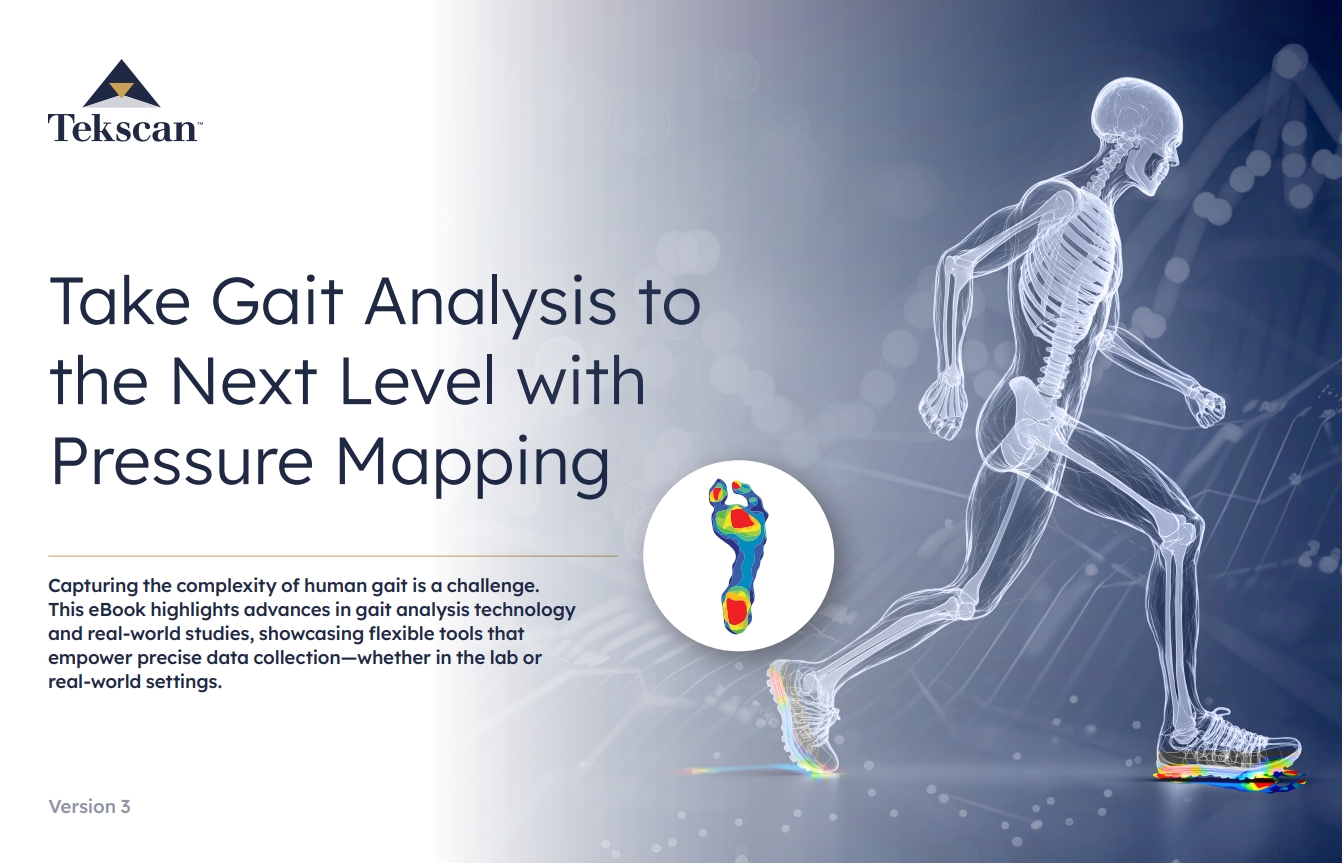Pressure Mapping & Force Plates: The Building Blocks of Biomechanical Analysis
When approaching biomechanical analysis, whether it’s in a clinic or research institution, it would be impossible to rely on a singular tool to perform a truly comprehensive evaluation. To determine which system best fits your needs, it’s important to understand the capabilities of force plates and pressure mapping solutions.
Force plates (or force platforms) are systems designed to record motion of the body mass and muscular output changes on top of the plate’s surface over time. Researchers and clinicians can use this information to interpret how forces are generated and transferred during a variety of different movements.
A force plate measures the ground reaction forces over time during static or dynamic motions such as gait. They provide information on the three dimensional components of force (X, Y and Z), which can then be used to look at more in depth joint loadings. While force plates are considered the gold standard, they do have some limitations. For example, force plates are rarely large enough to capture multiple/consecutive foot strikes and typically cannot describe the location of peak force/pressure under the foot. In order to overcome this limitation, and to develop a broader, more objective view of a patient’s lower extremity function, pressure measurement solutions are often used in tandem with force platform systems.
 The ability to segment the foot for detailed analysis is one difference from a force plate.Pressure measurement systems are used by the medical community to investigate and rehabilitate foot and gait problems. However, pressure is only one of the many parameters calculated with these solutions. Contact area, ground reaction force, and derivatives of force, such as center of force, trajectories and impulse (force-time relationship), can also be measured to better understand muscular imbalances, deficits, and instabilities.
The ability to segment the foot for detailed analysis is one difference from a force plate.Pressure measurement systems are used by the medical community to investigate and rehabilitate foot and gait problems. However, pressure is only one of the many parameters calculated with these solutions. Contact area, ground reaction force, and derivatives of force, such as center of force, trajectories and impulse (force-time relationship), can also be measured to better understand muscular imbalances, deficits, and instabilities.
Utilizing a pressure mapping system in the lab or clinic allows you to measure multiple points of contact simultaneously in a dynamic, detailed pressure map, which provides contact and peak pressure data across an area. This information is unattainable from force platforms.
Pressure measurement solutions offer the ability to segment views by foot and even isolate ground reaction force and center of pressure by foot region, thereby furthering analysis into foot function, balance, sway.
It’s essential for researchers and clinicians with a focus on biomechanical analysis to rely on a number of tools to gather objective information for assessments. Due to its versatility and capacity to isolate force measurements, pressure mapping should be considered an important element in biomechanical analysis alongside conventional force plates. In-shoe gait pressure mapping has been validated by research and compares favorably to force plate data.
For a deeper dive into the how pressure mapping complements force plates in your biomechanical analysis, download our free eBook - Take Gait analysis to the Next Level with Pressure Mapping.

